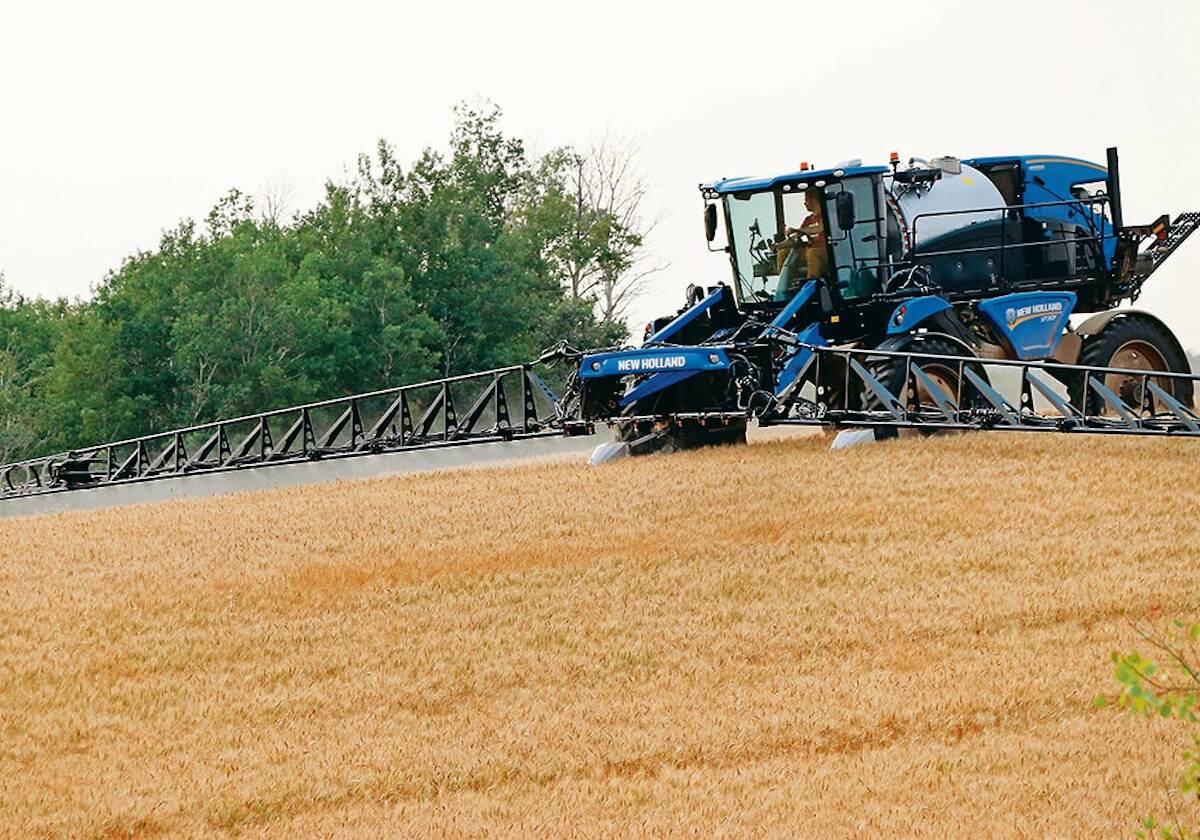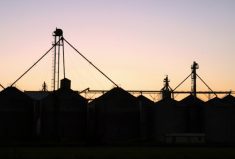There’s a long-running list of issues that, over the years, have been sure to spur fast and furious debate between farmers.
It’s such a well-worn trope that there’s an old joke that’s been circulating for many years that goes like this:
[Insert agriculture policy-maker’s name] was once asked how you could get anything done when it was impossible to get any three farmers to agree to anything.
“Oh, that’s not true,” [policy-maker] responded. “It’s actually very simple. You just have to start by muzzling the first two.”
Read Also

Farming still has digital walls to scale
Canadian farms still face the same obstacles to adopting digital agriculture technology, despite the years industry and policy makers have had to break them down.
It’s one of those stories that underlines just how widely acknowledged the spirited sectoral debates are.
From the historic Crow rate to crop insurance, safety nets and everything in between, it’s a business of fiercely independent folks with strong opinions on the matters that affect their farms.
While it’s a good thing that people care enough to engage in these debates, at times it has been counterproductive. Too often policies that should have been a slam dunk have been derailed because debate over an unrelated topic so poisoned the well that nobody wanted to be seen as being ‘on the same side’ as those other folks.
When it comes to that effect, the king of the hill was — and at times still is — the decades-long battle over the Canadian Wheat Board and its single sales desk.
This issue cleaved the Prairie farm community like no other, splitting the industry into two warring factions that had little good to say about each other. At times it took on shades of a Shakespearean tragedy, with the two camps as the feuding Montagues and Capulets and anyone trying to bring them together for the good of the sector as the star-crossed lovers doomed to their fate.
Even today the long shadow of this debate lingers, more than five years after the end of the single desk and following the complete dissolution of the organization itself in 2015, to enable the creation of the new G3 Global Grain Group.
Still, some groups continue to fight what most view as a Quixotic battle to either bring the CWB back or gain compensation for its loss. On the other side of the debate there are still some who view former CWB supporters with thinly veiled contempt.
Thankfully, however, there are signs slowly emerging that the sector will finally begin to turn the page on this divisive and painful chapter.
Our Allan Dawson had a front-row seat to this earlier this winter at the CropConnect conference when the topic of merging provincial crop commodity groups into a single entity was front and centre during a series of annual general meetings.
The five groups — Manitoba Wheat and Barley Growers, Manitoba Corn Growers, Manitoba Flax Growers, the National Sunflower Association of Canada and Manitoba Pulse & Soybean Growers — say they’ll be able to do more with less, retain key staff more easily and generally give farmers more bang for their checkoff dollars.
On the other side of the debate are farmers — from across the agriculture policy spectrum — who have concerns about the proposal, mainly centring around what they worry will be a loss of farmer control and overlooking smaller-acreage crops.
The ecumenical support didn’t go unnoticed by the participants themselves, who exchanged a few good-natured remarks about their new-found common ground.
An evolution like this is a good thing for the sector. Now more than ever, with fewer farmers and more interest in agriculture by non-farmers than ever before, there’s a growing need for a more unified voice, and being sidetracked by poisonous debates with no apparent solution will only subtract from this.
We won’t presume to tell farmers how they should vote on the issue of merging commodity groups. That’s a decision they will need to make alongside their farming colleagues. But we will encourage them to take the time, over the next year or so, to learn the issue, talk it over with their friends and neighbours, and make an informed choice when it does come up for debate.
We’ll also encourage them to continue down this more positive path that’s just a little less ideologically driven. So far the discussion is off to an excellent start with a civil and constructive tone.
The plan appears to have both benefits and pitfalls, as would keeping the status quo. Farmers should take the time to familiarize themselves with both, and later vote accordingly.
It will take time for the scars of the CWB debate to heal fully. But heal they will, and this process is a good start.



















